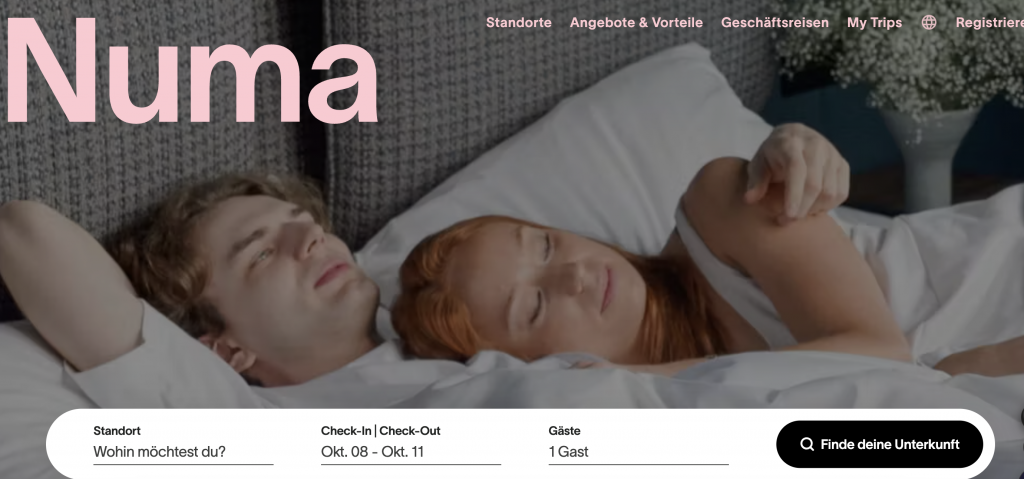Germany, a country renowned for its rich history and cultural diversity, has also emerged in recent years as a hub for fashion and design. From the edgy streetwear of Berlin to the elegant traditional attire of Munich, German fashion offers a diverse range of styles and inspirations for people around the world.

History of German Fashion
The history of German fashion dates back to the Middle Ages. During this time, German clothing was known for its extravagance and sophistication. By the 19th century, Germany had become one of the leading centers of European fashion, renowned for its high-quality garments and accessories.
The early 20th century saw a series of transformations in the German fashion industry. Following World War I, German fashion became more practical and minimalistic. However, by the 1930s, the Nazi regime took control of the German fashion industry and promoted a more traditional and conservative style.
After World War II, the German fashion industry once again experienced a revival. In the 1950s and 1960s, German designers were influenced by French and Italian fashion and began creating more modern and innovative pieces. The 1970s and 1980s saw subcultures such as German punk and new romanticism have a significant impact on German fashion.
German Fashion Today
Today, the German fashion industry is one of the most vibrant and innovative in the world. German designers are known for their attention to detail, use of high-quality materials, and pursuit of innovation.
Some of the most famous German fashion brands include Hugo Boss, Jil Sander, Escada, MCM, and Aigner. These brands are known for their classic designs and high quality, and have stores all over the world.
Germany is also home to many emerging designers. These designers are challenging conventions and bringing new energy to the German fashion scene.
German Fashion Trends
In recent years, several trends have emerged in German fashion, including:
- Sustainability: German designers are increasingly focusing on sustainability issues and are starting to use sustainable materials and production methods.
- Gender Fluidity: The German fashion industry is increasingly blurring the lines of gender and is introducing more gender-neutral clothing.
- Streetwear: Streetwear has become a major trend in German fashion, particularly among younger people.
- Athleisure: Athleisure is also gaining popularity, and German designers are combining sportswear with more formal attire.
German Fashion Events
Germany hosts several fashion events throughout the year, including:
- Berlin Fashion Week: Berlin Fashion Week is one of the most important German fashion events, held twice a year, showcasing the latest designs from Germany and around the world.
- Munich Fashion Week: Munich Fashion Week is another significant German fashion event, held twice a year, featuring designs from Germany and Austria.
- CPD: CPD is one of the world’s largest fashion trade fairs, held twice a year, showcasing the latest designs from around the world.
German Fashion Shopping
Germany is a paradise for shoppers. The country has a vast array of high-end and designer stores, as well as a variety of vintage shops and flea markets.
Some of the most popular shopping destinations in Germany include:
- Berlin: Berlin has a plethora of trendy boutiques and department stores, such as KaDeWe and Galeria Kaufhof. The city also boasts numerous vintage shops and flea markets, like the Mauerpark Flea Market.
- Munich: Munich is home to many luxury brand stores, including Louis Vuitton, Gucci, and Prada. The city also has many traditional clothing stores and boutiques.
- Hamburg: Hamburg features an abundance of fashionable boutiques and department stores, such as Alsterhaus and Karstadt. The city also has several vintage shops and flea markets, like the Flohschanze Flea Market.
- Frankfurt: Frankfurt boasts a variety of high-end and designer stores, located on Goethestrasse and Zeil. The city also has many traditional clothing stores and boutiques.
The Future of German Fashion
The German fashion industry is dynamic and innovative. As German designers continue to challenge conventions and introduce groundbreaking designs, German fashion is poised to continue flourishing in the years to come.